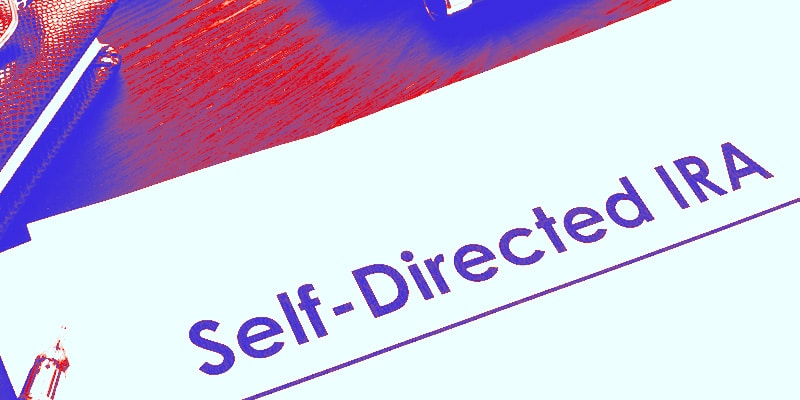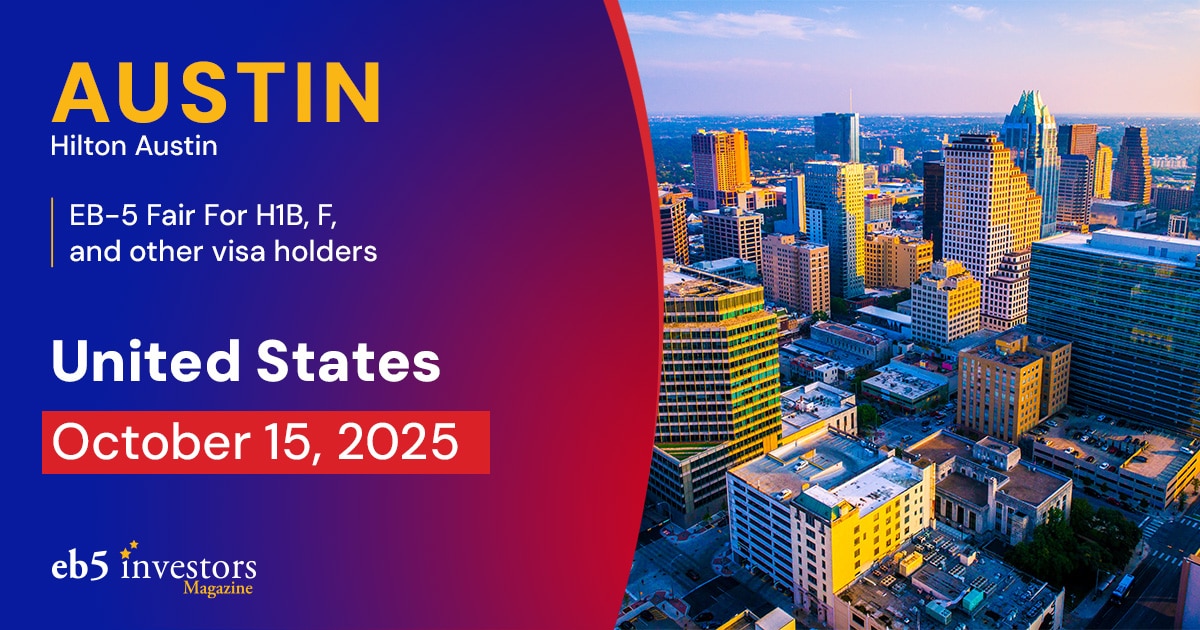
EB-5 investors already living in the U.S. can utilize various investment tools to meet the funding requirements before investing in their project as part of their visa application, including the Self-Directed Individual Retirement Arrangements (SDIRA).
This option offers investors greater control over their investment choices compared to traditional retirement accounts or other investing instruments.
However, SDIRAs are not for every EB-5 investor. It’s important to understand the nuances and procedural issues involved when using these retirement funds for EB-5 purposes.
What is a SDIRA?
They are a type of savings account for retirement money.
Compared with other individual retirement arrangements (IRAs) and non-IRA-like 401(k) retirement accounts, SDIRAs offer greater freedom and control over the deposited funds and investment choices.
The $7,000 annual SDIRA contribution limit means EB-5 investors cannot rely on new yearly deposits alone to meet the $800,000 minimum investment. Instead, it must use rollovers or existing retirement balances to make this option viable.
SDIRA benefits for EB-5 investors
In the past, applicants funded EB-5 investments through secured loans, selling property, and income from jobs. Other options include loans from 401(k) plans, margin loans on restricted stock units (RSUs), and various personal loan options. These options help investors meet the EB-5 minimum investment requirement, but they offer limited control over managing the funds.
SDIRAs offer investors tax benefits and greater control over their eligible funds when managing them through this account for their investment in an EB-5project later.
“Most folks are familiar with retirement accounts of some sort, whether it’s an individual IRA or a 401 (k) account with their employer,” says EB-5 attorney Phuong Le from KLDP LLP. With SDIRAs, “unlike a traditional retirement account, the investor controls the universe of options they can invest in.”
Phuong notes that most other alternatives do not allow investments into private placements. “Thus, the real reason why our firm explored SDIRAs as an option was that we were addressing the fundamental question – is it possible to use retirement funds, invest them in EB-5, and keep it tax advantaged. That question led us to SDIRAs.”
Peter Bibler from the Behring Co. regional center says that when structured properly, SDIRAs are fully compatible with EB-5 program requirements. “We’ve helped numerous EB-5 investors successfully use Self-Directed IRAs to fund their EB-5 investment, with USCIS approvals achieved without an RFE [request for evidence].”
Bibler emphasizes that SDIRAs offer benefits such as greater tax efficiency and a definitive funding source. He notes that this approach eliminates the necessity to sell real estate, liquidate shares, or incur the responsibility of a loan, making it a dependable alternative.
USCIS evaluates the legitimacy and lawfulness of the funds contributed via SDIRAs when reviewing EB-5 applications that include this investment tool. “USCIS treats them the same way it treats any other lawful money owned by the investor,” says Le.
When can investors use SDIRAs in their EB-5 process?
These investment tools can be used during the early funding phase of the EB-5 process, before filing the application. Investors usually consider this option as they evaluate their funding choices and talk with their immigration attorneys and financial advisors.
Once investors provide evidence of the source of their funds, they can transfer their capital into an SDIRA that meets tax rules. After setting up and funding the SDIRA, investors can use it to invest in an EB-5 project. The funding for EB-5 investors usually takes place by rolling over existing balances from an IRA or a 401(k).
Bibler clarifies that although there is an annual IRA contribution limit (currently $7,000), it does not apply to EB-5 rollovers invested in a new commercial enterprise (NCE) as part of an EB-5 investment.
“In practice, EB-5 investors typically fund the full $800,000 at filing,” he says. “Any later contributions would generally be invested in other opportunities offered through the SDIRA, not the NCE.”
When they file their I-526 petition and provide proof of the legal source of their funds, the documentation will include the SDIRA rollover process, the funds that went into the account, and how the money was allocated to the EB-5 investment.
Requirements for EB-5 investors to use SDIRAs
To use an SDIRA for EB-5 investments, investors must already live in the United States under a different U.S. visa status. This tool is primarily designed for U.S. citizens and resident aliens, as they are tied to U.S. tax laws and retirement account regulations.
“It does exactly what we want it to do: use retirement funds to invest into EB-5 without tax penalties,” Le adds. “Investors can tap IRA funds or other funds they control to invest into EB-5.”
SDIRAs do not apply to foreign investors who are not residing in the U.S.
However, there are nuances and procedural issues to consider when using SDIRAs. Investors should properly structure their investments when transferring their retirement assets from one account to an SDIRA without incurring tax penalties. They also need to ensure their 401K plans allow for in-plan conversions. If they invest with their spouse’s retirement as well, it’s important to clarify ownership and subscription details. It’s also crucial to work with SDIRA custodians who understand EB-5 investments.
DISCLAIMER: The views expressed in this article are solely the views of the author and do not necessarily represent the views of the publisher, its employees. or its affiliates. The information found on this website is intended to be general information; it is not legal or financial advice. Specific legal or financial advice can only be given by a licensed professional with full knowledge of all the facts and circumstances of your particular situation. You should seek consultation with legal, immigration, and financial experts prior to participating in the EB-5 program Posting a question on this website does not create an attorney-client relationship. All questions you post will be available to the public; do not include confidential information in your question.








